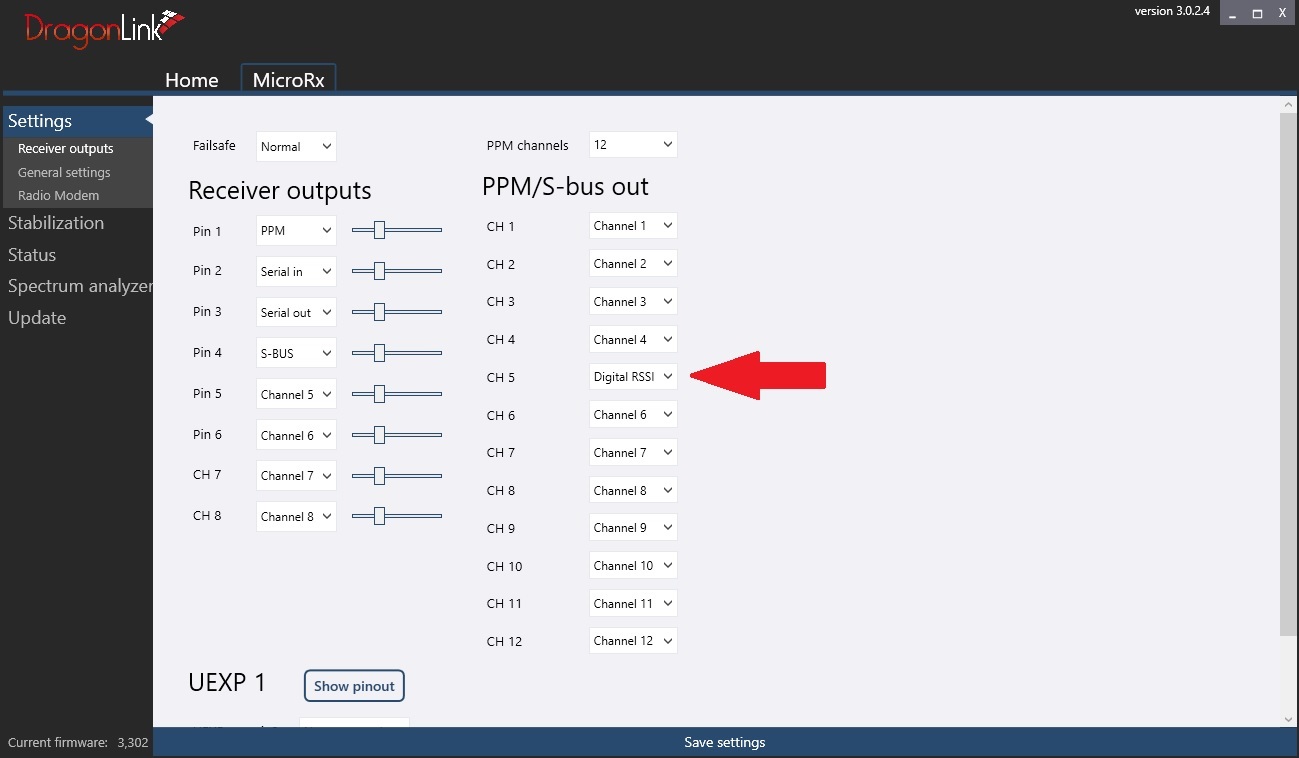
Wi-Fi modulation and coding explained in a nutshell Fortunately, actions to dramatically improve your Wi-Fi speeds are straightforward. Wi-Fi can only deliver the best speeds that it is capable of when the radio conditions are excellent, as described below. We believe that it’s pointless upgrading to ultrafast broadband services with very high speeds if your Wi-Fi network is not properly configured and optimised. Up to now, the low broadband speeds achieved with basic broadband services have often masked poor Wi-Fi speeds. With a move now towards ultrafast broadband services, and with broadband usage expected to triple in the next five years, you need to ensure that your Wi-Fi network keeps ups. BT’s latest Full Fibre 1000 service offers download speeds up to 900 Mbps but a quick glance at Internet forums reveals many subscribers moaning that their own speed tests indicate real speeds much lower than this – due primarily to Wi-Fi. The reality is that Wi-Fi speeds achieved in ideal radio conditions drop substantially in poorer conditions. With claims of massive speeds (such as 11,000 Mbps from the latest products), it’s no wonder that so many broadband users are disappointed when speed tests reveals speeds of only 1% or less of these claims. We cannot think of another area where performance claims exceed the reality experienced by broadband users by such an extent. If you want a laugh, pop over and have a read of the websites of most Wi-Fi equipment manufacturers. However, with modest planning and measurement, you can dramatically improve your Wi-Fi network and maximise speeds where you want them.ĭon’t be fooled by Wi-Fi equipment manufacturers’ claims as the reality is Wi-Fi is often the weak link in the broadband chain Furthermore, the use of a single Wi-Fi router increases the chance of ‘not-spots’ – locations where absolutely no Wi-Fi service is possible.

In a typical residential property, we show, using real-life measurements, that these targets are perfectly achievable, but generally only with multiple Wi-Fi Access Points rather than a single Wi-Fi router. Typical answers are along the lines of “SNRs of 24-40 dB are considered good” but they do not explain the compromise in speeds you are potentially making due to the adaptive modulation and coding built into Wi-Fi technology. For the best Wi-Fi speeds, signal strengths of -50 dBm or greater or signal-to-noise ratios of 41 dB or greater are necessary. “What is a good signal level or signal-to-noise ratio (SNR) for Wi-Fi” is one of the most common questions in online forums.


 0 kommentar(er)
0 kommentar(er)
